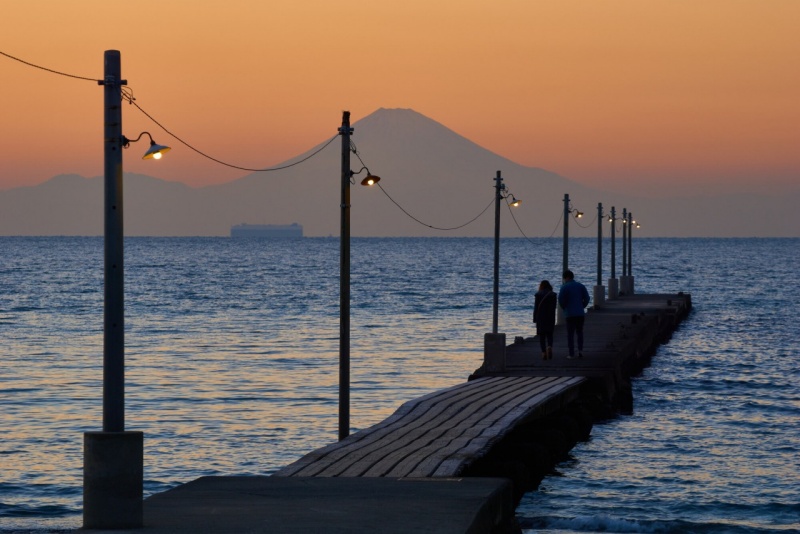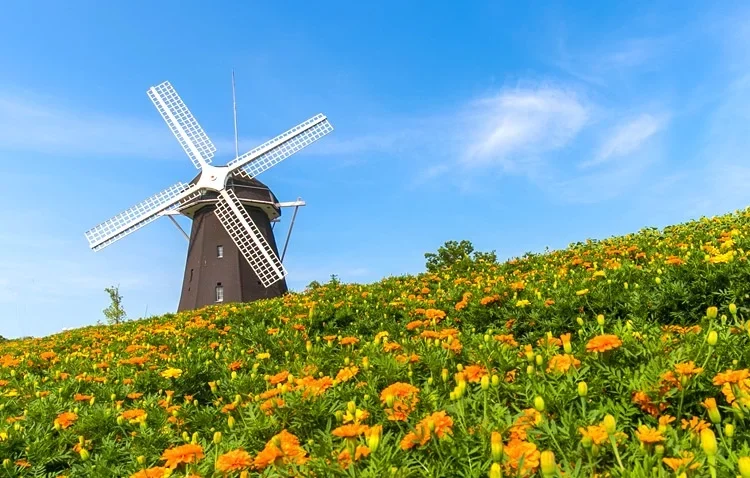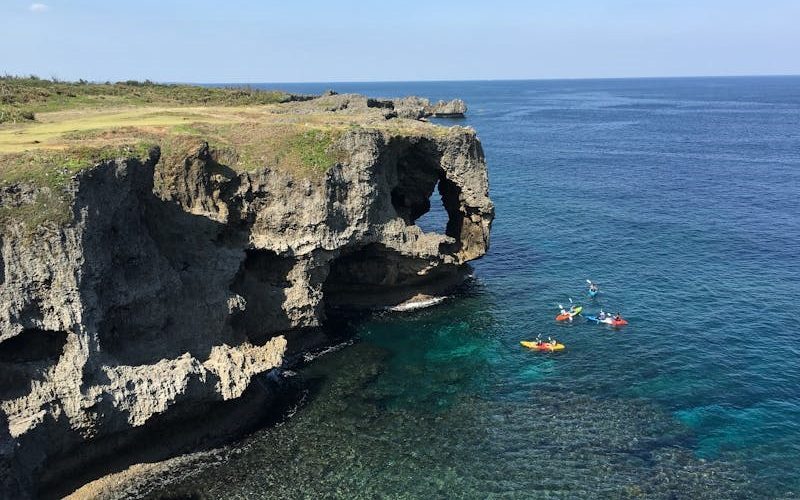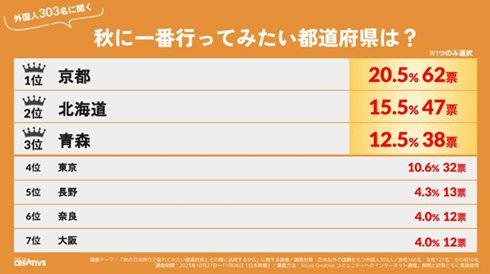Shrines, as a vital part of Japanese culture, consistently rank among the most popular attractions for tourists. These sacred places, steeped in millennia of faith, embody unique etiquette and rituals.
First-time visitors may feel confused—but there’s no need to worry. This article will comprehensively guide you through the proper etiquette for visiting a shrine, helping you deeply experience the essence of Japanese traditional culture.
The Cultural Significance of Japanese Shrines
Shrines are the spiritual centers of Shinto, Japan’s indigenous polytheistic religion with distinct characteristics:
- A nature-based religion without canonical scriptures or a founder
- The animistic belief in “eight million gods” (a metaphorical number signifying countless deities)
- Diverse forms of deities, including gods of natural phenomena (sun, moon, mountains, seas) and cultural gods (pioneers, arts)
Each shrine enshrines a unique combination of deities, resulting in varied blessings, which prompts Japanese people to visit specific shrines for particular prayers. Notably, the core of shrine visits lies in gratitude—first expressing thanks for the deities’ daily protection, then making personal wishes.

Dress Code for Visiting Shrines
While shrines do not enforce strict dress codes for tourists, out of respect for the deities, it’s advisable to avoid overly revealing clothing (such as sleeveless tops, shorts, or miniskirts).
Additionally, sandals are not ideal for shrine visits. Opt for comfortable, closed-toe shoes, as many shrines cover large areas, requiring climbing stairs or walking for extended periods.
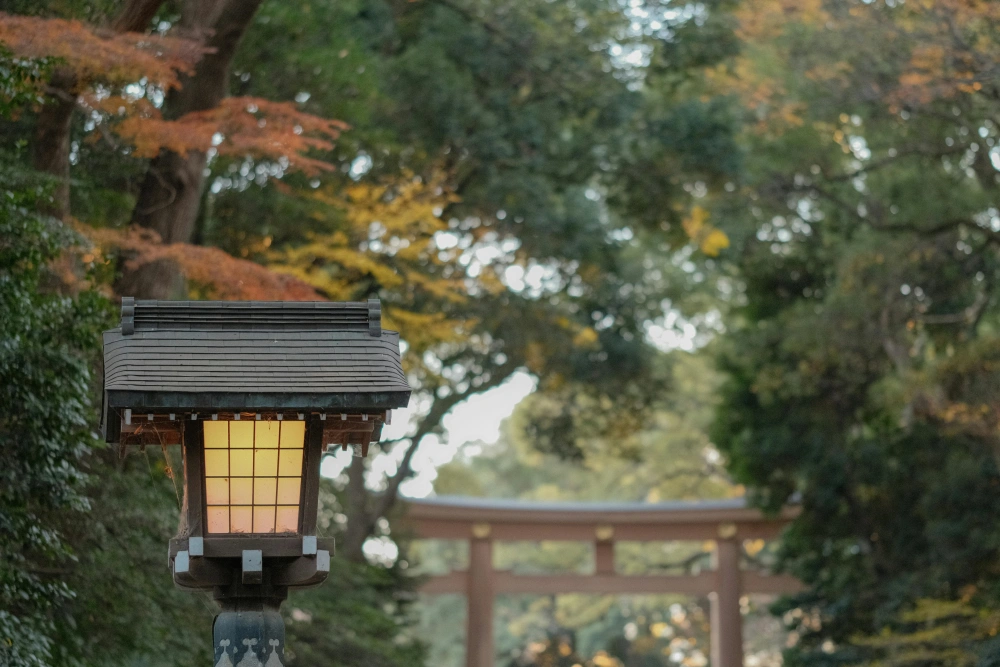
Basic Etiquette for Shrine Visits
Different shrines may have slight variations in etiquette, but mastering the core protocols below will allow you to experience Japanese culture respectfully. These rituals may seem numerous, but they are fascinating to practice.
How to Pass Through the Torii (Shrine Gate)
The torii marks the boundary between the sacred and the mundane, and passing through it requires reverence.
- Bow Before Entering: Before passing through the torii, face the shrine and give a slight bow (about 15 degrees) to show respect to the deities.
- Walk to the Side: The center of the torii is considered the “path of the gods”; pedestrians should walk to the left or right.
- Proper Stepping: If entering from the right, step with your right foot first; if from the left, step with your left foot first.
- Exiting Etiquette: After your visit, pass through the torii, turn back, and bow again toward the shrine to express gratitude.

How to Walk the Sando (Path to the Main Hall)
The center of the sando (approach path), known as the “seichū,” is reserved for the deities, so:
- Walk to the Sides: Avoid walking in the center of the path to show respect for the deities.
- Crossing the Center: If you need to cross the center, pause briefly, face the main hall, and bow slightly before proceeding.
- Maintain Reverence: Avoid loud talking or running to preserve the solemn atmosphere.

How to Perform the Temizu (Purification Ritual)
The “temizu” (or chōzu) purification ritual at the temizuya (water pavilion) is an essential step to cleanse body and mind before worship. Follow these steps:
- Scoop Water
- Hold the ladle (hishaku) with your right hand and scoop one ladleful of water.
- Cleanse Left Hand
- Pour water over your left hand to wash it clean.
- Cleanse Right Hand
- Switch the ladle to your left hand, scoop water, and wash your right hand.
- Rinse Mouth (Symbolically)
- Switch the ladle back to your right hand, pour a small amount of water into your left palm, and lightly rinse your mouth (do not drink directly from the ladle).
- Spit the water into the drainage area of the temizuya (not back into the basin).
- Clean the Ladle
- Pour the remaining water down the handle to clean it.
- Place the ladle upside down back in its original position for the next visitor.
Notes
- Complete the ritual with just one scoop of water; avoid scooping multiple times.
- Do not pour used water back into the basin or touch the ladle directly with your mouth.
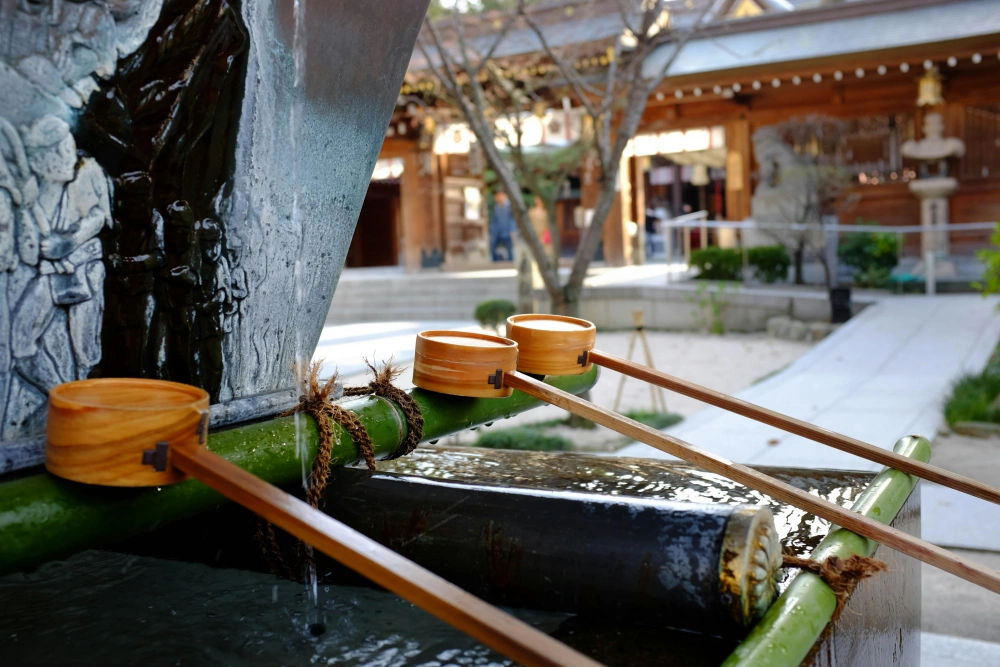
Proper Shrine Worship: Two Bows, Two Claps, One Bow
While details may vary slightly between shrines, the standard worship ritual follows the “two bows, two claps, one bow” procedure:
- Two Bows (Ni-rei)
- Stand before the main hall, straighten your body, and perform two deep 90-degree bows.
- Two Claps (Ni-haku)
- Clasp your hands at chest level, with your right hand slightly lower, and clap twice crisply.
- After clapping, clasp your hands again and silently make your prayer.
- One Bow (Ichi-rei)
- Perform one final deep bow to express respect to the deities.
Additional Notes
- If the shrine has a bell, gently shake the bell rope (to dispel distractions) before beginning the ritual.
- Perform all actions with dignity and avoid rushing.
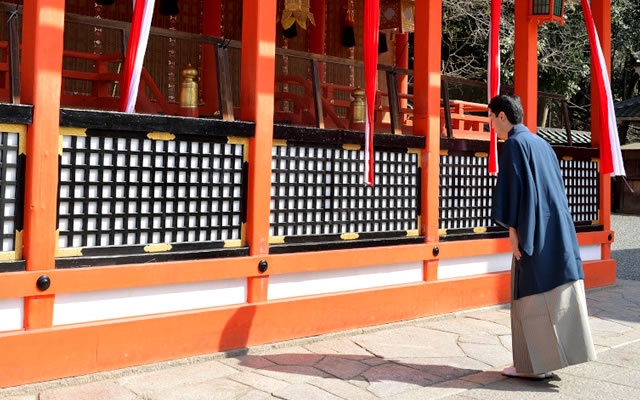
Offering O-saisen (Monetary Offering)
The “o-saisen” (offering) placed in the offering box is a symbolic gesture of gratitude, with no fixed amount required:
- How to Offer
- After the “two bows, two claps, one bow” ritual, gently place the coins in the box (do not toss).
- If offering multiple coins, hold them in your hand and place them together.
- Symbolic Amounts
- Japanese often choose 5-yen coins (homophone for “go-en,” meaning good fate) or 11 yen (“ii-en,” meaning good connections).
- Any amount is acceptable; sincerity matters more than the number.
Key Principles
- The offering is an expression of gratitude, not a transaction; sincerity outweighs the amount.
- Avoid rummaging for coins at the offering box; prepare in advance.

Goshuin: A Unique Keepsake and Cultural Collectible
Goshuin are inked stamps and calligraphy granted by shrines or temples to visitors, typically including the shrine’s name, visit date, and a unique seal. They are not only proof of a visit but also an embodiment of Japanese traditional calligraphy and art.
How to Collect Goshuin?
- Prepare a Goshuin-cho
- A dedicated goshuin-cho (stamp book) can be purchased at shrines or stationery stores, with covers ranging from simple to ornate designs.
- If you don’t have a goshuin-cho for your first visit, some shrines offer single-sheet goshuin paper.
- Request Politely
- After worship, visit the shamusho (shrine office), open your goshuin-cho to a blank page, and hand it to the staff.
- A fee of 300–500 yen (cash only) is typically required; prepare small change in advance.
- Important Notes
- Goshuin are keepsakes of worship, so complete the worship ritual before requesting one.
- Each shrine’s calligraphy style varies, and some offer seasonal or colored goshuin.
- Do not photograph the writing process.
- Confirm in advance whether smaller shrines offer this service.
For cultural enthusiasts, collecting goshuin is not only a travel memento but also a unique way to connect with Japanese heritage. Each stamp tells the story of a different shrine, worthy of deep appreciation.

Shrines vs. Temples: How to Tell Them Apart and Key Differences
Japanese shrines and temples are often confused, but they differ significantly in religion, architecture, and symbols:
Religious Background
- Shrines: Belong to Shinto, enshrining nature gods, ancestral gods, etc. (e.g., Amaterasu, Inari).
- Temples: Belong to Buddhism, enshrining Buddhas, bodhisattvas, or revered monks (e.g., Shakyamuni, Kannon).
Architectural Features
| Feature | Shrine | Temple |
|---|---|---|
| Entrance Marker | Torii | Sanmon (Gate) |
| Worship Object | Shintai (Sacred Object), Mirror | Buddha Statues, Pagodas |
| Temizuya | Common (Wooden Structure) | Some Temples (Stone Structure) |
| Bell Rope | Large Kagura Bell | Bell Tower (Some Temples) |
Name Identification
- Shrines: Names often end with “Jinja,” “Jingu,” or “Taisha” (e.g., Meiji Jingu, Fushimi Inari Taisha).
- Temples: Names often include “Ji,” “In,” or “An” (e.g., Senso-ji, Kinkaku-ji).
Exceptions:
- Due to historical syncretism, some Buddhist temples feature torii (e.g., Kyoto’s Fushimi Inari Taisha is a shrine but incorporates some Buddhist elements).
- Hybrid structures like “Jingu-ji” from the Shinto-Buddhist syncretism period require additional context to identify.


